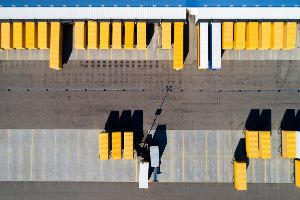How blockchain apps are to shape the future
Banking and insurance, energy supplies, health and legislation, not to mention art and, of course, cybersecurity. Sooner or later all sectors will end up being intensive blockchain users.
%20portada.webp)
‘Blockchain’ is classified by Eloi Noya, lecturer at ESADE, as “commonplace technology”, that is to say, it will end up becoming an integral part of our daily lives, as has the Internet. And the reason? Because if the digital economy consists of the constant exchange of information, then it is only natural that a technology like blockchain become ubiquitous, serving as it does to better secure this exchange.
Basically, it ensures that information, regarding a commercial transaction for instance, is not solely registered on a single database, but rather is replicated on the entire user network (nodes, like Internet servers). By sharing this identical information, users ensure that it cannot be modified and, therefore, is accurate. This type of transaction, for example, selling a product to a customer, is registered on the blockchain network as are order, distribution and payment operations. Consequently, blockchain users can control information on transactions from beginning to end. This type of collective vigilance means that they are more reliable and efficient, according to IBM.
In turn, this effectiveness in the control of information explains blockchain sector prospects: the consultancy firm, IDC, predicts a growth of 45% or more over the next three years in Latin America and Europe; while according to Gartner, up to 20% of the economy’s technological infrastructures could very well be blockchain reliant by 2030.
- Banking and finance Blockchain originated precisely in this area and augurs an operational revolution with respect to the transfer of assets and the provision of services, including the granting of credit immediately, without intermediaries and in cryptocurrencies. Indeed, it is already being used for processes such as payment methods, while securities’ markets could very well use it to register ownership in share buying and selling transactions.
- Insurance. The smart contract model – agreements accredited in computer codes and executed autonomously and automatically – is just one of the basic blockchain tools that will potentially impact on the insurance business. For instance, it could be used to immediately resolve clear and specific situations, such as compensation for passengers suffering flight delays for which the airline is accountable. Smart contracts can be applied across the board, from human resources to the field of law for commercial operations.
- Logistics. This is one of the macro sectors – in Spain alone it accounts for 11% of the GDP – where blockchain is destined to be incorporated massively owing to its usefulness in controlling the traceability of supply chains. It can be applied to all links along the chain: one-by-one product identity to avoid fakes, quality control of food to know where and how a tomato, for example, has been grown, control of the cold chain for medication or the complete life-cycle of a mobile phone to ensure its recycling. Nike has already launched a type of trainer, each pair of which is identified by blockchain, thereby enabling the monitoring of how they age and if they are sold to another person.
- Health. If blockchain can be used to trace medicinal products, it should also be applied to monitor patients via the digitalisation of their medical record. Furthermore, all of this information, along with the results of treatment or health campaigns – for example, against pandemics – can be used to improve the analysis of health strategies in general.
- Energy. Some companies are already supplying power with a renewable source certificate generated by blockchain so customers can even know from what solar or wind power plant it has been produced. This model could very well be extrapolated to any sustainable project to accredit it as such, in accordance with data on its environmental impact or to the electrical distribution system, incorporating thousands of small private producers – with solar panels on their homes or businesses – which can interchange their surplus or feed it into the grid; currently a major technological challenge.
- Technology. In this field, the intensive application of blockchain entails its expansion throughout all technological networks. Once again, having the data distributed between users instead of being centralised on a single server is very useful for storing and managing them in the cloud, while also verifying their origin and authenticity to enhance cybersecurity. This will also make it easier to manage a large amount of objects connected by 5G on the Internet of Things and to check digital identities in access controls – it will replace the user nicknames and passwords – or when it comes to signing digital documents. Another trend would be to be develop private corporate blockchain networks for internal operations and to engage with customers, or blockchain as a service provided by third parties.
- Other uses. The possibilities are endless: for instance, digitalised elections that would be fraud proof as regards voter identity; independent journalist networks that are paid cryptocurrencies based on the direct consumption of their articles; or improving intellectual property rights for artists being besieged by pirates.
By sharing this identical information, users ensure that it cannot be modified and, therefore, is accurate.
The following are just some of the activities in which the blockchain is already in use, some of which are directly related to Prosegur business:
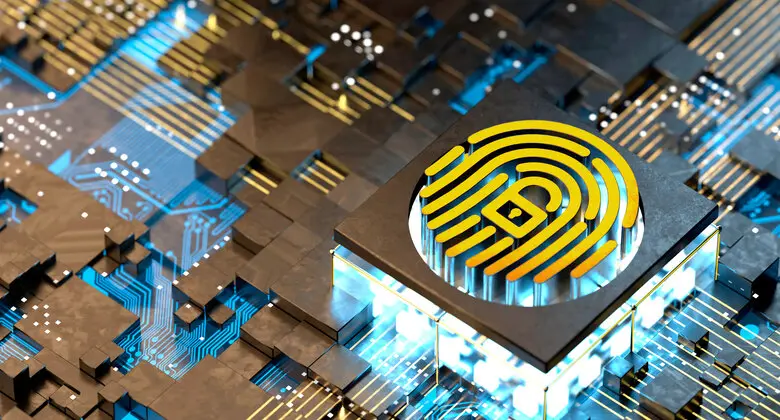%20interior%201.webp)
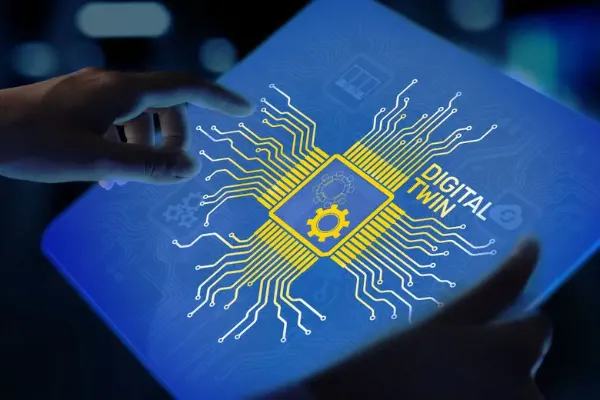%20portada.webp)

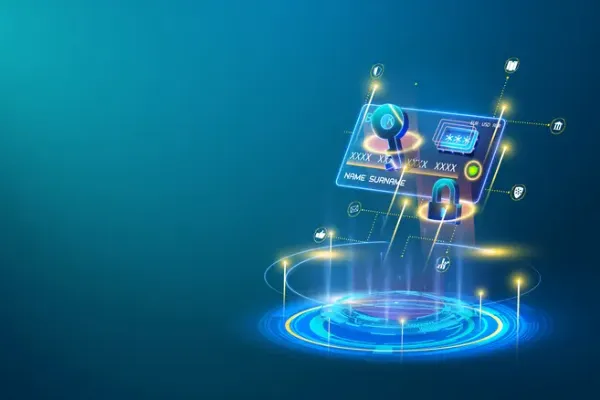
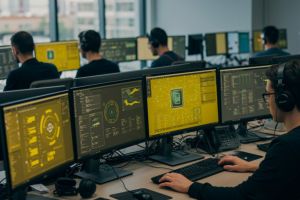.jpg)
.webp)
